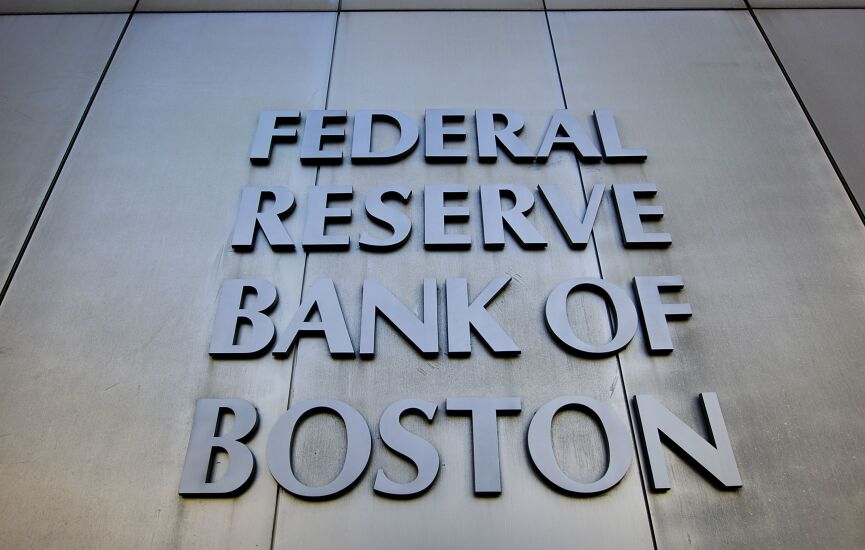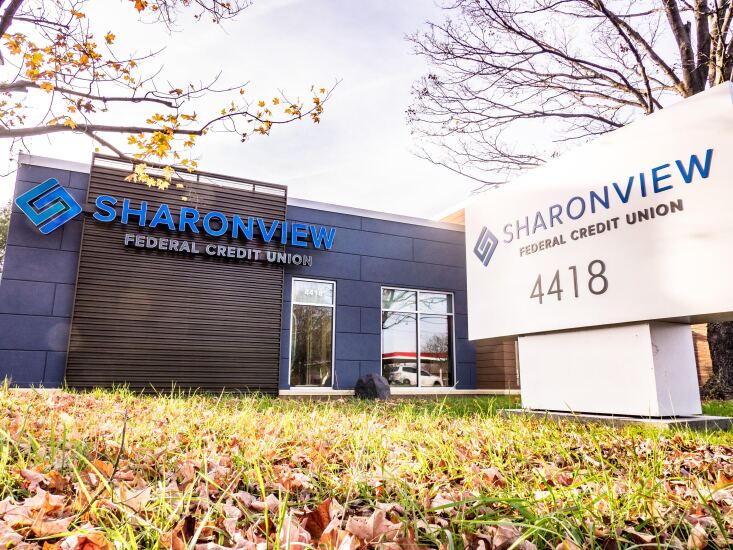In this month's roundup of American Banker favorites: Development of central bank digital currencies gains momentum, ongoing lawsuits against JPMorgan Chase and PNC address the banks' liability, regulators with the Office of the Comptroller of the Currency propose dissolving big banks that repeatedly fail to rectify past bad behavior and more.

Chapter 1: A turbulent departure
Michael Bacon strode off the elevator on his way to a hastily called meeting. Walking down the hall on the 12th floor at Wells Fargo's headquarters, he felt a sense of foreboding.
Bacon, a loquacious middle-aged executive with a Texas drawl and an easy charm, was the closest thing to a cop in the San Francisco bank's senior ranks. As chief security officer and director of corporate investigations, he oversaw a unit that provided security for more than 10,000 buildings in all 50 states and 36 countries. His team also included a group of investigators whose job was to probe employee misconduct at the bank.
Bacon was heading into a meeting with his boss, Human Resources Director Hope Hardison. Their relationship had grown tense. It was September 2014, and cheating by low-level employees — trying to meet sales goals by enrolling customers in products without their consent — was becoming a big problem for Wells Fargo.

CBDC projects pick up the pace as 2023 kicks off
About a dozen CBDCs have launched, according to a tracker from the
"A well-designed CBDC can help provide a real-time view of risks and currency outflows to help implement specific and targeted measures to prevent financial contagions from spreading further in the event of a crisis," said Gilbert Verdian, founder and CEO of Quant, a London-based blockchain firm.

Silvergate Bank loaded up on $4.3 billion in Home Loan bank advances
Silvergate received $4.3 billion from the Federal Home Loan Bank of San Francisco late last year,
The lifeline that Silvergate got from the Home Loan Bank System shows one way in which the crypto industry has managed to find its way into the mainstream banking system. It also comes as the Federal Housing Finance Agency is reviewing the mission of the Home Loan banks. Critics

Five trends to watch in fourth-quarter bank earnings
Net interest income will continue to buoy bank performance but is expected to level off as the Federal Reserve slows the pace of rate hikes in response to inflation. At the same time, if economic volatility settles down, banks could see a rebound in fee revenue from capital markets as investors trade more and seek more advice on their portfolios.
As higher deposit costs cause more outflows, bank executives could be forced to explain how they expect to compete for new sources of funding. But the negative effects of sluggish deposit growth should be mitigated by weaker loan demand amid a tightening economy – unless borrowers stampede to banks for more loans to counteract the effects of inflation.

Lawsuits against JPMorgan, PNC test banks' liability in wire fraud cases
In one case, Joyce's Jewelry, a jeweler in Uniontown, Pennsylvania, alleged in the U.S. District Court in Pittsburgh that PNC allowed hackers to empty the business's accounts because it lacked adequate measures to prevent the fraud.
Hackers successfully phished for one employee's credentials and used them to wire away all $1.6 million the company had in its four accounts. However, PNC promised to require tokens from two Joyce's employees to complete such transactions, according to Joyce's, which is one reason why the company claims PNC bears responsibility.

Wealthy, white consumers pay fewer bank fees: Report
To find out who is paying most of these fees, the Federal Reserve Banks of Atlanta, Boston and San Francisco produced new data in one of the largest consumer payments diary surveys conducted in recent years.
About 16% of consumers earning under $50,000 annually were likely to pay a bank overdraft fee, compared with 7% of consumers earning more than $100,000, FRB economists Oz Shy and Joanna Stavins concluded.

Regulators willing to break up repeat-offender banks, acting comptroller says
Though financial regulators have long had the power to split up banks for incessant violations, Hsu's remarks at the Brookings Institution on Jan. 17 were the most explicit warning in recent memory of regulators' willingness to break apart large, chronically delinquent financial institutions.
"Enterprises can become so big and complex that control failures, risk management breakdowns and negative surprises occur too frequently — not because of weak management, but because of the sheer size and complexity of the organization," Hsu said. "In short, effective management is not infinitely scalable."

Community reinvestment group plans to put KeyBank's regulators on notice
The fair-lending advocacy group says it is planning to send letters this quarter to the Federal Reserve and the Office of the Comptroller of the Currency that focus on KeyBank's "failure to complete" a five-year, $16.5 billion community benefits plan to which it committed in 2016 while seeking regulatory approval to acquire First Niagara Financial Group in Buffalo, New York.
The coalition says that the letter to the OCC will be submitted as a public comment letter ahead of KeyBank's next Community Reinvestment Act exam, which is scheduled in April.

'Mom and pop' credit unions are losing the tech race — and members
The credit union industry experienced 4.4% annual membership growth, to 134.3 million, in the third quarter compared to a year earlier, according to the latest data from the National Credit Union Administration. Credit unions with at least $1 billion of assets grew their memberships 8.1% year-over-year in the third quarter.
The largest credit unions in the U.S. — including

How Starbucks and Kroger are reimagining the point of sale
Both companies are taking drastically different approaches to updating their checkouts, but with the same goal: cut down on the time consumers spend making a payment by reducing the points of friction that are in the store's direct control.
In Starbucks' case, that means tallying every second the barista spends on mundane tasks, and finding a way to automate those chores. With Kroger, that means loading a digital copy of its front end into a computer simulation to spot customer bottlenecks in current and future layouts.





